Force Sports
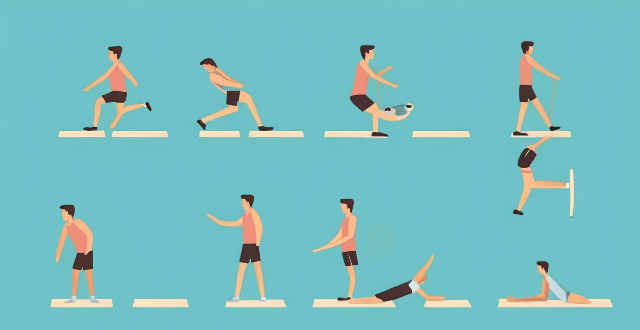
How do force vectors influence an athlete's movement in sports biomechanics ?
Force vectors play a crucial role in sports biomechanics. The magnitude and direction of force vectors determine an athlete's acceleration, deceleration, and direction of motion. There are several types of force vectors, including internal, external, contact, frictional, and elastic forces. Understanding how these force vectors influence an athlete's movement is essential for improving performance and preventing injuries in sports. Coaches and athletes can use this knowledge to optimize their training programs and techniques.

How do the principles of sports biomechanics differ between individual and team sports ?
This text discusses the principles of sports biomechanics in individual and team sports. It highlights the differences in kinematics, kinetics, and coordination between the two types of sports. In individual sports, there is a focus on precision, technique optimization, and personal performance, while team sports emphasize strategic interactions, group coordination, and adaptability to complex game situations. The text concludes by emphasizing the importance of understanding these distinctions for coaches and athletes to tailor their training approaches to best suit the specific demands of their chosen sport.

How does understanding joint mechanics contribute to improving athletic performance through sports biomechanics ?
Understanding joint mechanics is crucial for improving athletic performance in sports biomechanics. By optimizing movement patterns, preventing injuries, enhancing force production, and improving stability, athletes can achieve greater success in their chosen sports. Sports biomechanists analyze an athlete's joint mechanics to develop targeted training programs that improve joint function and overall performance. Advances in sports technology provide real-time feedback on joint mechanics during training and competition, allowing athletes to fine-tune their technique and make adjustments to their training program as needed.

What is sports biomechanics and how does it apply to athletic performance ?
Sports biomechanics is a subdiscipline that applies mechanics principles to study human movement in sports and exercise. It focuses on how forces and motion affect the body during physical activity, combining knowledge from physics, biology, engineering, and other areas for understanding and improving athletic performance. Key concepts include kinematics, kinetics, and dynamics. Applications of sports biomechanics include injury prevention through gait analysis and movement optimization; technique improvement via motion analysis and force plates; equipment design considering ergonomics and material science; training programs that incorporate resistance, flexibility, and stability training; performance analysis using data analysis and feedback systems; and recovery strategies like physical therapy and rest-activity balance.
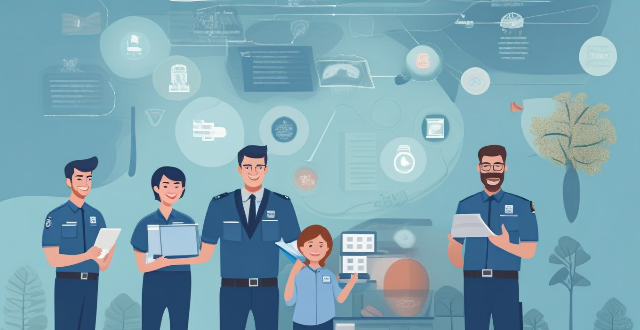
How do immigration policies affect the labor force participation of immigrants ?
Immigration policies significantly impact the labor force participation of immigrants by determining their legal status, access to services, family reunification, economic opportunities, and protection from discrimination. Policies that provide work permits, authorization to work, language training, education and training programs, healthcare, social safety nets, family support, childcare options, business opportunities, self-employment regulations, equal employment opportunities, and protection from exploitation can all contribute to successful integration of immigrants into the workforce. This benefits both the immigrants and the host country's economic growth and development.
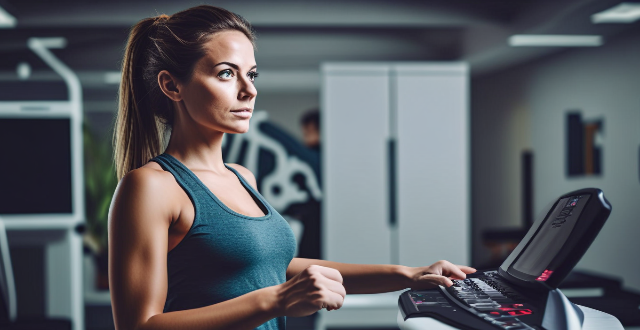
What role does kinetics play in the study of sports biomechanics ?
Kinetics is a key aspect of sports biomechanics, focusing on forces and motions in physical activity. It aids in understanding how athletes generate power, control movements, and enhance performance. Key points include force analysis (internal and external), energy considerations (potential, kinetic, work, and power), movement efficiency (mechanical advantage, joint reaction forces, ground reaction forces), injury prevention and rehabilitation (overuse and traumatic injuries, rehab programs), and performance optimization (technique analysis, equipment design, training methods). Overall, kinetics helps coaches, athletes, and researchers make informed decisions about training, equipment, and technique to achieve safe and effective goals.
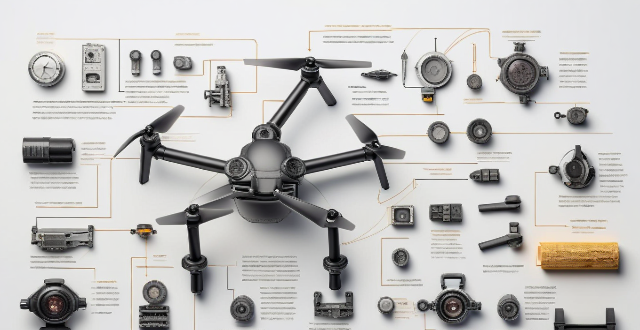
What kind of equipment is needed for sports technology analysis ?
The article discusses the various types of equipment needed for sports technology analysis, including video cameras, wearable devices, force plates, radar guns, and software applications. These tools are essential for capturing and processing data effectively to gain insights into athletes' performances and help coaches make informed decisions.

Can you suggest ways to combine sports and charity work effectively ?
Combining sports and charity work is an effective way to make a positive impact on society while also promoting physical activity and healthy living. By organizing charity sporting events, partnering with charities to support their mission through sports, and using sports as a platform for awareness and education about important issues, we can create a powerful force for good that benefits people in need while also fostering a sense of community and teamwork within the sports world.

In what ways can technology be utilized to enhance sports biomechanics analysis ?
Technology has revolutionized sports biomechanics analysis, providing new tools and methods for coaches, athletes, and researchers. Video analysis software allows frame-by-frame review of performances, wearable technology provides real-time data on an athlete's physiology, force plates measure ground reaction forces, motion capture systems track movements in three dimensions, and computer simulation modeling creates virtual models of an athlete's movements. These technologies have made it easier than ever before to collect and analyze data on an athlete's performance, leading to improved training programs, injury prevention, and overall performance optimization.

In what ways do factors like body composition and flexibility affect sports biomechanics ?
In sports biomechanics, body composition and flexibility are crucial factors affecting performance. Increased muscle mass and a high strength-to-weight ratio enhance power in weightlifting and sprinting. A lower fat percentage improves aerodynamics and reduces energy expenditure in endurance activities. Higher bone density offers better support in impact-heavy sports. Greater flexibility increases the range of motion, preventing injuries and improving efficiency in rapid movements. Optimal body composition and flexibility can significantly improve an athlete's performance and reduce injury risk.

In what ways does sports culture influence political discourse and international relations ?
The text discusses how sports culture significantly impacts political discourse and international relations. It highlights various ways this influence manifests, including promoting diplomacy and peace, fueling nationalism and identity, driving economic development, advocating for social issues, and shaping public opinion through media representation. The article also mentions specific examples such as "Ping-Pong Diplomacy," Olympic Truce, and the involvement of sports figures in peace agreements. It underscores the role of sports in cultural exchange, global marketplace activities, brand promotion, and environmental concerns. Additionally, it touches upon the use of sports for propaganda purposes, controversies like doping scandals, and their effects on international perceptions. Overall, the text emphasizes that sports culture is a potent force intertwined with global dynamics, reflecting and shaping interactions between nations.

What are the ethical considerations when sports are used in international diplomacy ?
Sports have been used as a tool for international diplomacy, but there are ethical considerations to take into account. These include respecting cultural differences, promoting fairness and equity, avoiding political manipulation, and protecting athletes' rights. By doing so, sports can continue to serve as a positive force for building bridges between nations.
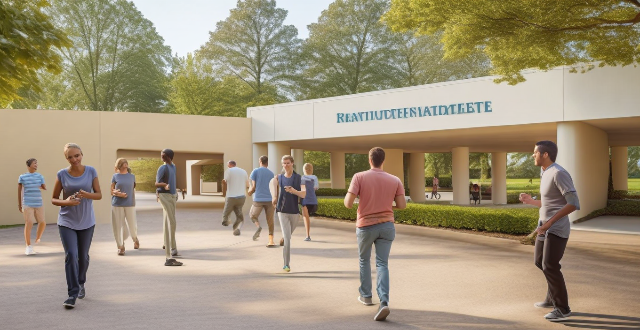
Do sports rehabilitation centers offer preventative care to avoid future injuries ?
Sports rehabilitation centers play a crucial role in offering preventative care services to help individuals avoid future injuries. They provide comprehensive assessments, customized exercise programs, education and training, utilize advanced equipment and technology, and collaborate with healthcare professionals to improve overall health and reduce the risk of re-injury.
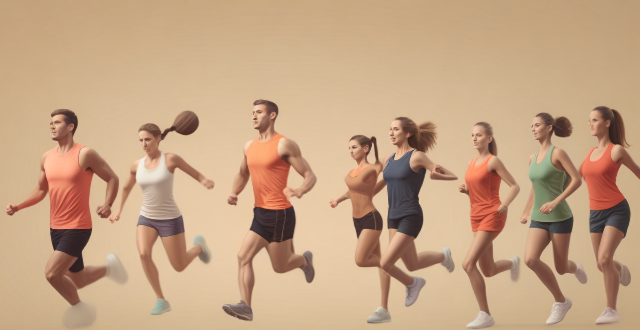
Are there any specific stretches or movements that should be avoided during sports injury recovery ?
During sports injury recovery, it is important to avoid certain stretches and movements that could worsen the injury or delay healing. Stretches to avoid include overstretching, ballistic stretching, and passive stretching. Movements to avoid include high-impact activities, weight-bearing exercises, and sports-specific movements. By following these guidelines and working closely with your healthcare provider, you can safely return to your sport and minimize the risk of reinjury.
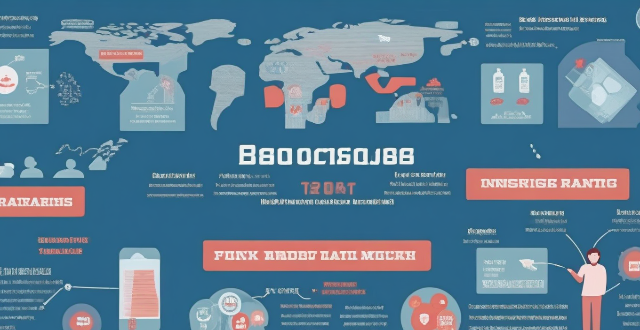
How do political tensions affect the participation of countries in international sports competitions ?
The article discusses how political tensions can impact countries' participation in international sports competitions by affecting travel restrictions, safety concerns, boycotts and protests, sponsorship and funding issues, diplomatic pressure, image and reputation concerns, reduced attendance and viewership, security measures, and lost cultural exchange opportunities. It emphasizes the need to find solutions that allow sports to continue serving as a unifying force in our global community.
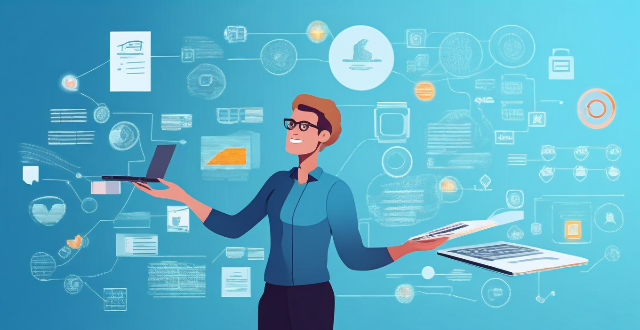
How has sports contributed to gender equality ?
Sports have contributed to gender equality by increasing participation, equal pay, media coverage, and female leadership in sports administration.

What is the impact of e-sports on the entertainment industry ?
E-sports, also known as electronic sports, have become a significant force in the entertainment industry over the past decade. The growth of e-sports has had a profound impact on various aspects of the entertainment sector, including media consumption, advertising, sponsorships, and even traditional sports. In this article, we will explore the different ways e-sports have influenced the entertainment industry. One of the most noticeable effects of e-sports on the entertainment industry is the increased media consumption. With the rise of streaming platforms like Twitch and YouTube Gaming, more people are watching e-sports events than ever before. This has led to a surge in viewership numbers for major e-sports competitions, with some events drawing audiences that rival those of traditional sports. The popularity of live streaming has played a crucial role in the growth of e-sports. Platforms like Twitch allow fans to watch their favorite players and teams compete in real-time, creating an interactive experience that goes beyond simply watching a game. This has not only increased the overall viewership but also provided opportunities for advertisers and sponsors to reach a highly engaged audience. As e-sports continue to gain momentum, so does the number of content creators who specialize in covering the latest news, highlights, and analysis related to the industry. These creators generate a vast amount of content across various social media platforms, further driving engagement and expanding the reach of e-sports within the entertainment landscape. The booming e-sports industry has attracted numerous advertisers and sponsors looking to tap into its growing fanbase. Brands ranging from energy drinks to computer hardware companies have invested heavily in e-sports, sponsoring tournaments, teams, and individual players. Many high-profile e-sports events now feature prominent sponsorship logos and brand integrations throughout their broadcasts. These partnerships not only provide financial support for the organizations hosting these events but also offer valuable exposure for the sponsoring brands. Top e-sports players and teams have secured lucrative endorsement deals with major brands, similar to those seen in traditional sports. These deals often include personal appearances, social media promotions, and exclusive product collaborations, further blurring the lines between e-sports and mainstream entertainment. E-sports' rapid growth has prompted many traditional sports organizations to take notice and adapt accordingly. Several professional sports leagues, such as the NBA and NFL, have launched their own e-sports initiatives or partnered with existing e-sports organizations to expand their reach among younger audiences. There has been a notable crossover between e-sports professionals and traditional athletes, with some former athletes transitioning into e-sports careers or investing in e-sports teams. Additionally, traditional sports stars have participated in e-sports events or collaborated with e-sports personalities, showcasing the increasing interconnectedness of these two worlds. Recognizing the potential of e-sports, several major sports organizations have made substantial investments in the space. This includes everything from forming dedicated e-sports divisions within their organizations to acquiring stakes in existing e-sports teams or leagues. These moves underscore the belief that e-sports represent a viable long-term investment opportunity within the broader entertainment industry. E-sports' impact on the entertainment industry is undeniable, as it continues to shape how we consume media, engage with brands, and interact with both emerging and established forms of entertainment. As e-sports continue to grow and evolve, they will undoubtedly play an increasingly central role in shaping the future of the global entertainment landscape.
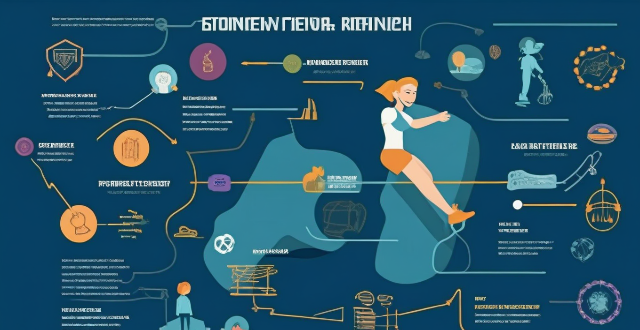
How can sports research and development help prevent injuries ?
Sports research and development can help prevent injuries by understanding injury mechanisms, developing prevention strategies, and utilizing technology and education. Biomechanics studies and epidemiological research provide insights into how forces affect the body during physical activity and identify common factors that contribute to injuries. Based on these findings, sports scientists can design training programs that target specific areas of the body, improving strength, flexibility, and endurance. Technology and equipment advancements also play a role in protecting athletes from injury. Educating coaches, athletes, and parents about proper technique and safe training practices is essential for creating a culture of safety. Overall, sports research and development are crucial for minimizing the risk of harm and promoting a safer environment for all participants.
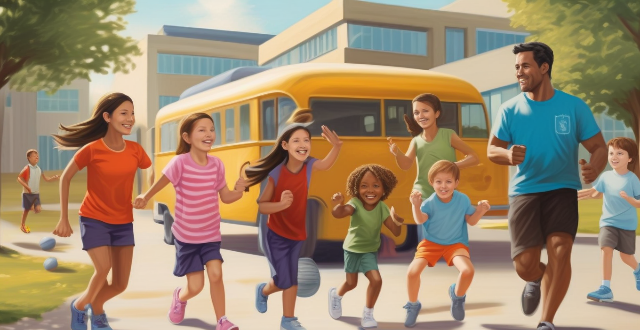
Can excessive sports participation harm a child's physical development ?
Overtraining in sports can lead to physical injuries, psychological stress, and hindered social interaction in children. It is important to ensure a balanced approach to sports participation, emphasizing rest, proper training techniques, and mental health support.
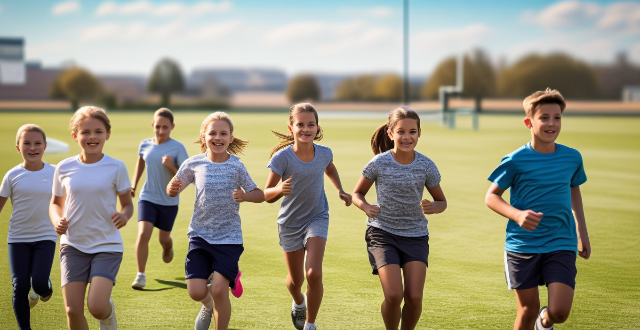
What are some examples of unethical behavior in sports ?
Unethical behavior in sports is a serious issue that can have negative consequences for athletes, teams, and the sport itself. Examples of unethical behavior in sports include cheating, corruption, bullying and harassment, doping, and unsportsmanlike conduct. Cheating can take many forms such as using performance-enhancing drugs or tampering with equipment. Corruption involves dishonest practices such as match-fixing, bribery, and extortion. Bullying and harassment create a toxic environment that can harm the mental health and well-being of athletes and staff members. Doping involves the use of illegal substances or methods to enhance athletic performance. Unsportsmanlike conduct refers to behavior that goes against the spirit of fair play and respect for opponents. Addressing unethical behavior in sports requires education, enforcement of rules and regulations, and strong penalties for those who engage in it.

How do motion tracking devices integrate with sports uniforms ?
Integration of motion tracking devices with sports uniforms can provide real-time data on an athlete's movements, such as speed, acceleration, and direction. This integration can be achieved through wearable tech, embedded sensors, or smart textiles. The benefits of this integration include improved performance analysis, injury prevention, and better athlete management.

How do I know if I have a sports injury ?
Sports injuries can occur during physical activities or sports, and it is important to recognize the signs and symptoms to ensure proper treatment. Common symptoms include pain, swelling, stiffness, weakness, and instability. There are various types of sports injuries, such as sprains, strains, fractures, contusions, and dislocations. Seeking medical attention for a sports injury is essential to promote healing and prevent further damage. Treatment may include rest, ice, compression, elevation (RICE), physical therapy, medication, or surgery.

How does sports culture shape the media industry ?
Sports culture significantly impacts the media industry by influencing content, formats, and business models. This influence is evident across various media platforms, including news coverage, advertising strategies, social media engagement, and more. The prioritization of sports news, specialized reporting, live broadcasting, brand integration, athlete endorsements, and fan interaction are just some examples of how sports culture shapes the media landscape. Additionally, the growth of fantasy sports and gamification further integrates sports into media consumption. As both industries continue to evolve, their relationship is expected to grow stronger, with sports culture remaining a central force in shaping the media industry.

Can sports be used as a tool for conflict resolution and peacebuilding ?
The text discusses the potential of sports as a tool for conflict resolution and peacebuilding. It highlights the power of sports to break down barriers, promote equality, and build trust among individuals from different backgrounds, cultures, and beliefs. The text provides examples of how sports have been used in this context, such as the Olympics, Peace Teams International, and Soccer for Peace. It concludes that while sports alone cannot solve all conflicts or bring lasting peace, they can be a powerful tool in these efforts by creating a foundation for peace and understanding.

What are the best sports careers for someone who loves competition ?
Competitive individuals have various sports career options, including professional athlete, coach/manager, sports analyst/journalist, referee/umpire, personal trainer/fitness instructor, sports agent/manager, and event planner/promoter. Each path offers unique opportunities to thrive on competition and excel in the sporting world.
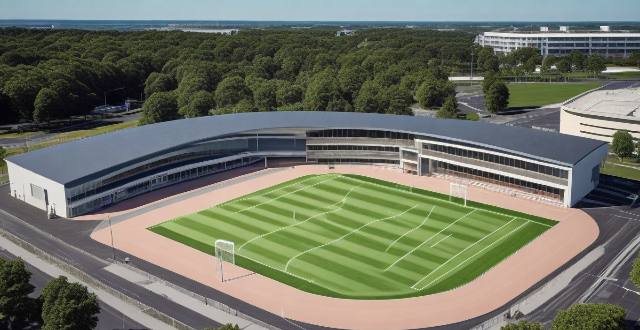
How do successful sports leaders motivate their team members ?
Successful sports leaders motivate their teams through clear objectives, positive reinforcement, encouragement, leading by example, communication, building team spirit, continuous development, resilience, and celebrating achievements.

What are some examples of sports technology analysis tools ?
Sports technology analysis tools are essential for improving performance, preventing injuries, and gaining a competitive edge in sports. These tools use advanced technologies like sensors, cameras, and software to collect, analyze, and visualize data related to sports performance. Examples of sports technology analysis tools include wearable devices, video analysis software, biomechanical assessment tools, performance tracking systems, injury prevention tools, and training apps and online platforms. These tools provide valuable insights into athletic performance, help prevent injuries, and enhance overall well-being.

What types of injuries can be treated at a sports rehabilitation center ?
At a sports rehabilitation center, various types of injuries can be treated. These facilities specialize in providing comprehensive care for athletes and individuals who have sustained injuries during physical activities or sports events. The following are some of the common types of injuries that can be treated at a sports rehabilitation center: 1. Musculoskeletal Injuries 2. Soft Tissue Injuries 3. Overuse Injuries 4. Neurological Injuries

What are the effects of poor sleep on endurance sports ?
Poor sleep can negatively impact endurance sports performance by decreasing athletic performance, impairing cognitive function, increasing the risk of injury, and elevating stress levels. Endurance athletes should prioritize getting enough high-quality sleep each night to optimize their physical and mental abilities while reducing their risk of injury and illness.

How can sports events be used to raise funds for charity ?
**Raising Funds for Charity through Sports Events: A Guide to Integrating Fundraising into Sports Events** **Introduction: The Power of Sports in Fundraising** - Sports events are a powerful tool for raising funds and awareness for charitable causes. **Strategies for Integrating Fundraising into Sports Events** 1. **Ticket Sales and Donations:** Charge admission fees and place donation boxes at event entrances and exits. 2. **Corporate Sponsorships:** Partner with local businesses and create sponsor challenges within the event. 3. **Merchandise Sales:** Sell branded merchandise and auction off unique items during the event. 4. **Peer-to-Peer Fundraising:** Encourage participants to raise money through their personal networks and leverage online platforms. **Implementation Steps for Successful Fundraising** 1. **Clear Objectives and Communication:** Set clear goals and keep donors informed about how their contributions will be used. 2. **Event Promotion and Marketing:** Utilize social media, engage with local media outlets, and promote the event and its charitable cause. 3. **Streamlined Operations:** Simplify the registration process and ensure transparent financial management. **Conclusion: The Lasting Impact of Sports Fundraising** - Use the event as a springboard for ongoing fundraising efforts and share stories of how the funds raised have made a difference.